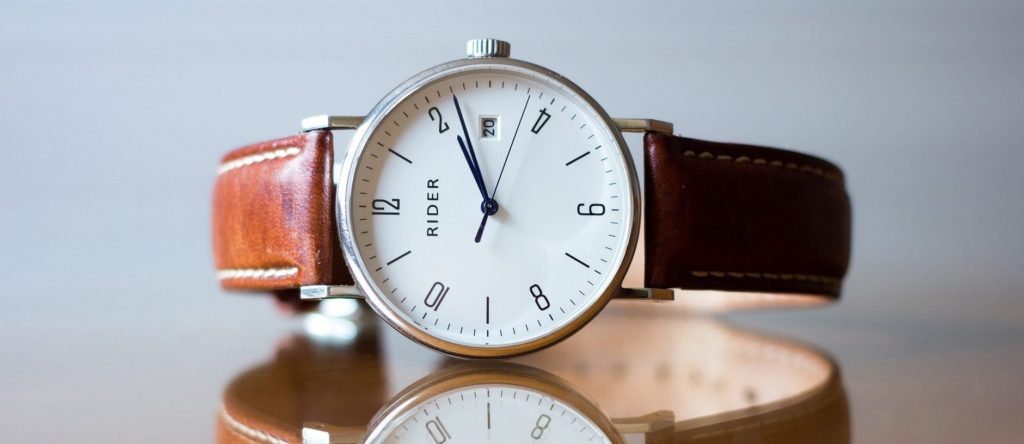
This tiny object can cause big damage if swallowed
Magnet injuries now rarely seen
Most of us have heard a story or two about a kid swallowing something they shouldn’t have, either in person or in the media. Any diehard Grey’s Anatomy fan can recall the episode where a collection of ball bearings ripped through a young boy’s intestines as their magnetic forces drew them together. Several years ago, these little magnets became popular toys, and raised wide-spread concern when kids began to swallow them. The powerful magnets could puncture intestines as they gravitated toward one another in a child’s abdomen.
“Thankfully, we haven’t seen a case like that in a long time,” says Dr. Helene Flageole, chief of pediatric surgery at McMaster Children’s Hospital (MCH).
“Their alkalinity is very corrosive.”
After much public outcry, the magnets were banned in Canada. Dr. Flageole says the order seems to be working, and has seen a drastic decrease injuries related to the magnetic toys. But she continues to be concerned by another item that is sometimes swallowed. It has a lot in common with the magnets: it’s small, it’s shiny, and it’s incredibly dangerous.
A button battery.
Surgery often required when kids swallow these batteries
“They can cause major tissue damage in just a few hours,” says Dr. Flageole. “Their alkalinity is very corrosive.”
Button batteries are commonly used in watches, hearing aids, and other small devices. Dr. Flageole says they’re often purchased in multipacks, and when extras are left lying around, they can be tempting for children.
“Many of us have that junk bowl or drawer where we put little odds and ends. When these batteries end up in there, they may look like candy to children.”
She estimates between five and ten children undergo endoscopic surgery at MCH each year after swallowing one of these batteries. Surgery is often required because the contents of the battery are corrosive, and can eat through intestines so they must be removed quickly.
“They can create a hole in the food pipe within six to eight hours,” she says.
Safe disposal is a must
Dr. Flageole recommends people dispose of extra button batteries through a battery recycling program, or store them in a locked cabinet. Carefully secure all devices that use button batteries, adding a layer of tape if the closure can be popped open easily. If you suspect a child has eaten one, call 9-1-1 or go to the emergency department immediately.
Did you know?
Lego bricks, coins, and hair clips are some of the most commonly swallowed objects. About 80 per cent of inedible objects swallowed by kids will pass naturally. Of the remaining 20 per cent, most can be removed using a flexible tube called an endoscope. Only a small number require surgery.
